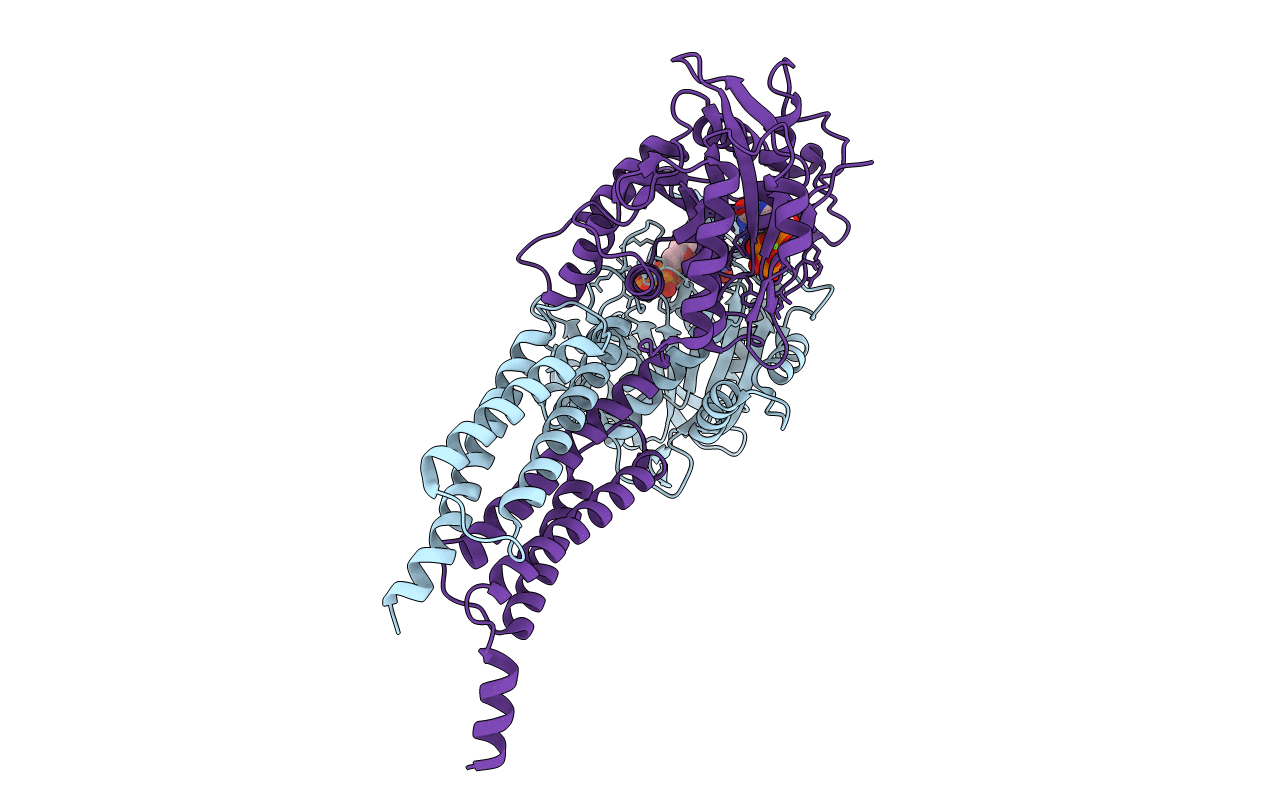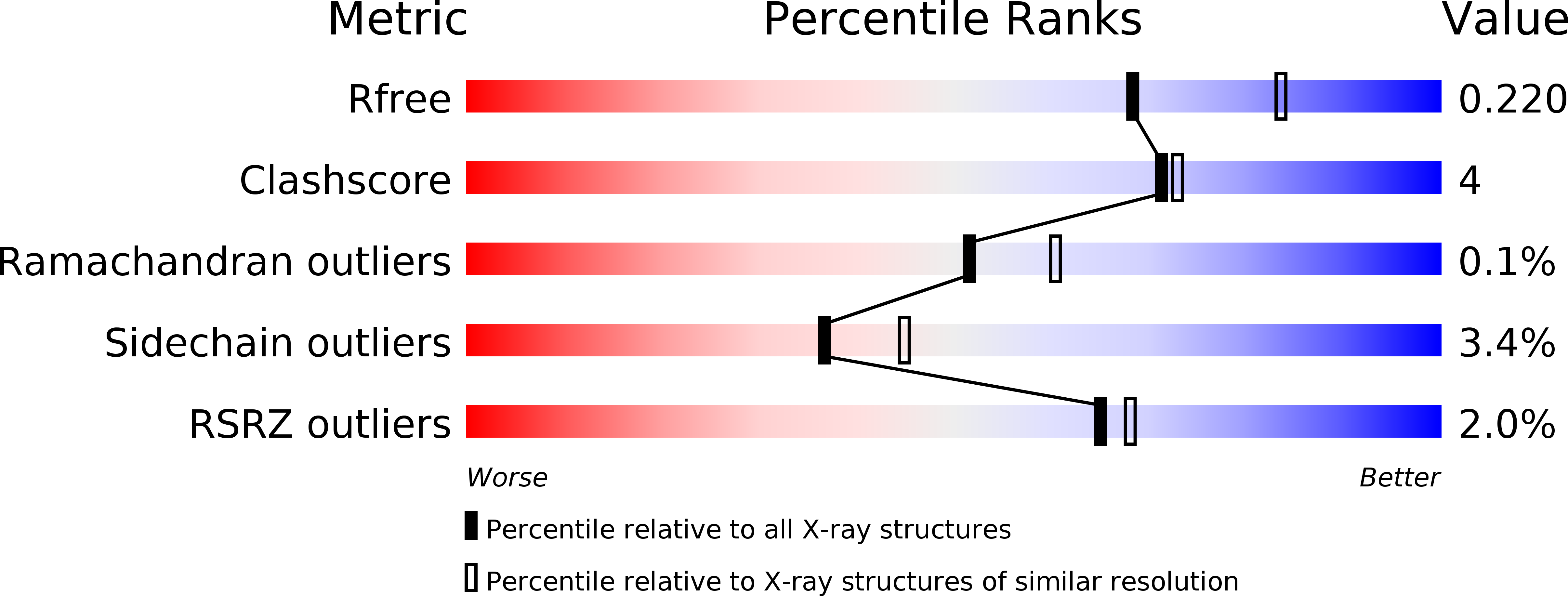
Deposition Date
2012-12-12
Release Date
2013-01-09
Last Version Date
2023-09-20
Method Details:
Experimental Method:
Resolution:
2.25 Å
R-Value Free:
0.21
R-Value Work:
0.17
R-Value Observed:
0.17
Space Group:
P 21 21 21


